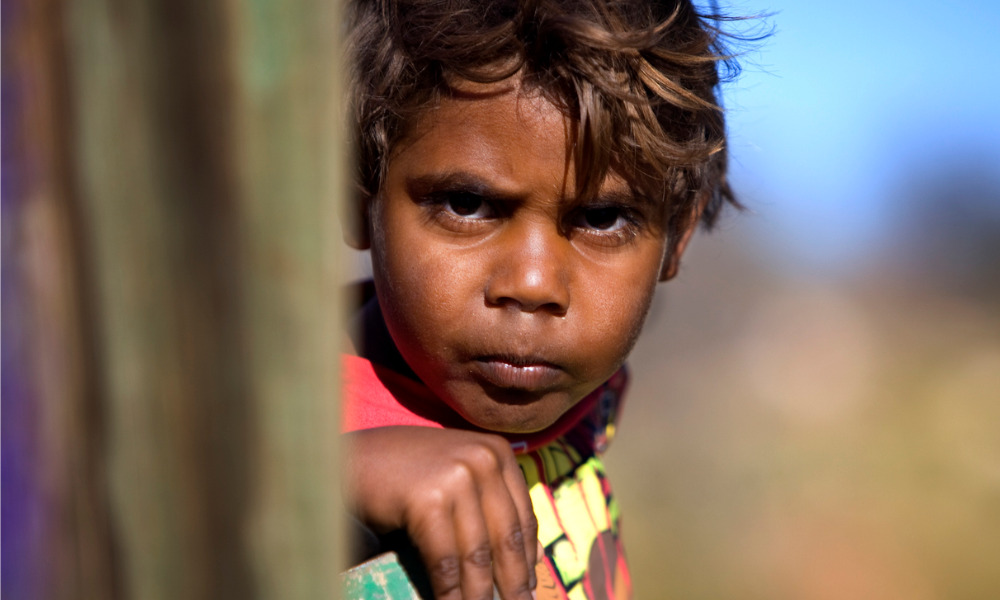
The rate of Aboriginal and Torres Strait Islander youths under the supervision of the youth justice system stabilised in the last five years

Fewer Aboriginal and Torres Strait Islander youths have been under youth justice supervision – both in detention and within their communities – than there were five years previously, according to the Australian Institute of Health and Welfare’s (AIHW) Youth Justice in Australia 2018-19 report.
“Between 2014–15 and 2018–19, the level of indigenous over-representation in youth justice supervision stabilised,” said AIHW spokesperson Anna Ritson. “The rate of indigenous young people aged 10–17 under supervision on an average day fell from 176 to 172 per 10,000.”
In comparison, the rate of non-indigenous youths under supervision fell from 12 to 11 per 10,000.
The AIHW report indicated that on an average day in the 2018-19 period, the youth justice system would be supervising 5,694 youths as a result of either actual or alleged crime involvement. Over the entire period, over 10,000 youths were under youth justice supervision.
“Although only about 6% of young people aged 10–17 in Australia are Aboriginal or Torres Strait Islander, half (2,448) of the young people under supervision on an average day in 2018–19 were indigenous,” Ritson said.
The study noted that indigenous youths were 16 times as likely as non-indigenous youths to come under supervision.
“Being under youth justice supervision doesn’t always mean a young person is in detention. Around four in five young people (4,767) received community-based supervision such as home detention, bail, parole and probation,” Ritson said. “The remaining one in five (956) were in detention, most of whom were remanded in custody awaiting the outcome of their charges.”
With regard to the gender of the supervised youths, the youth justice report pointed out that young males were four times as likely to be under supervision as young females.